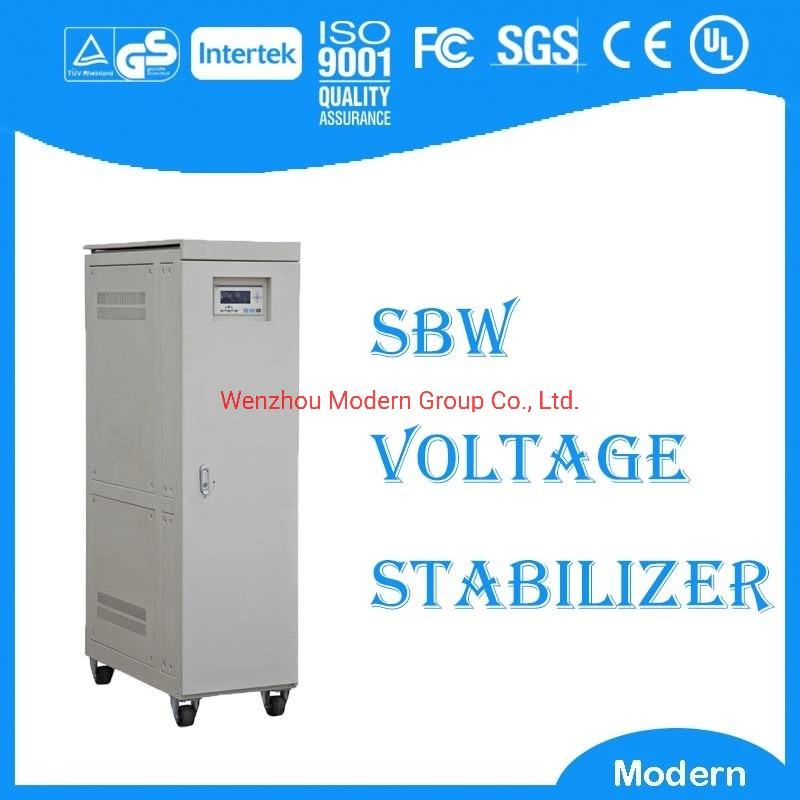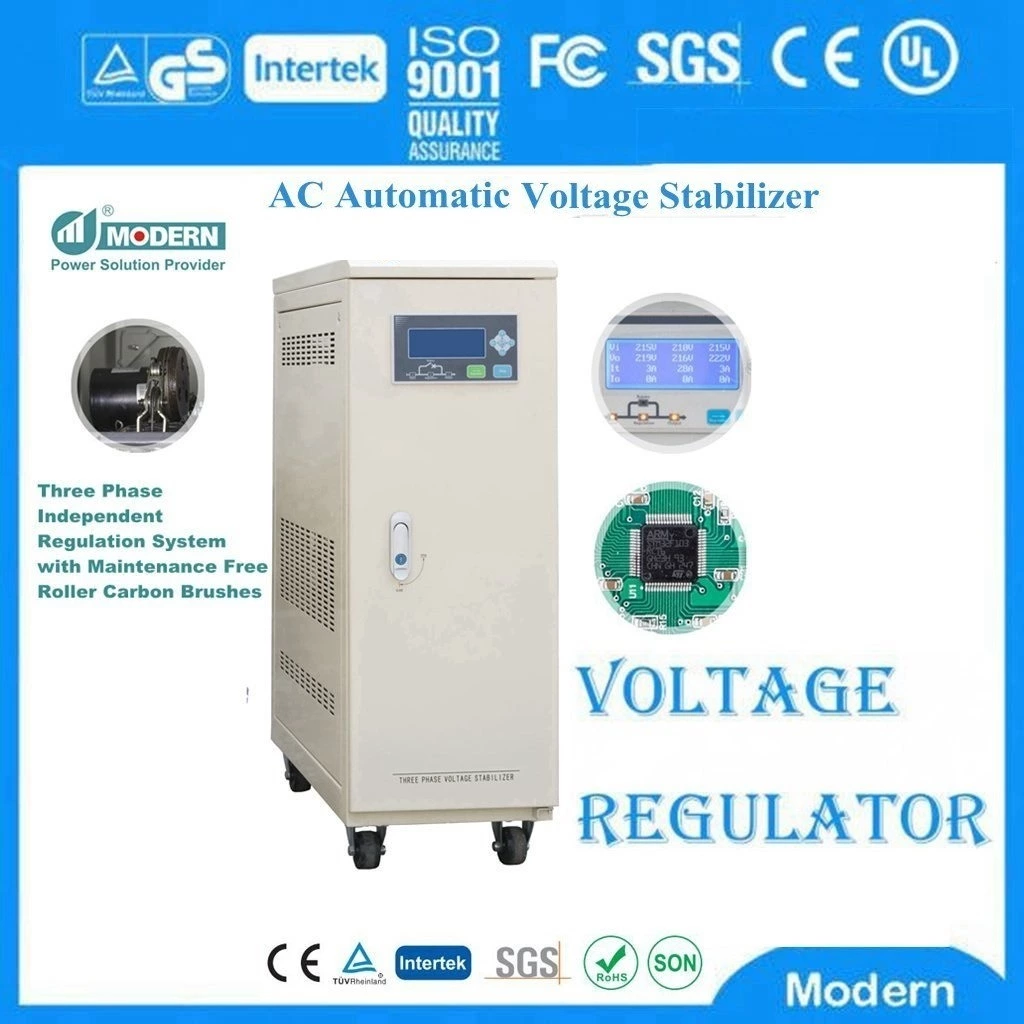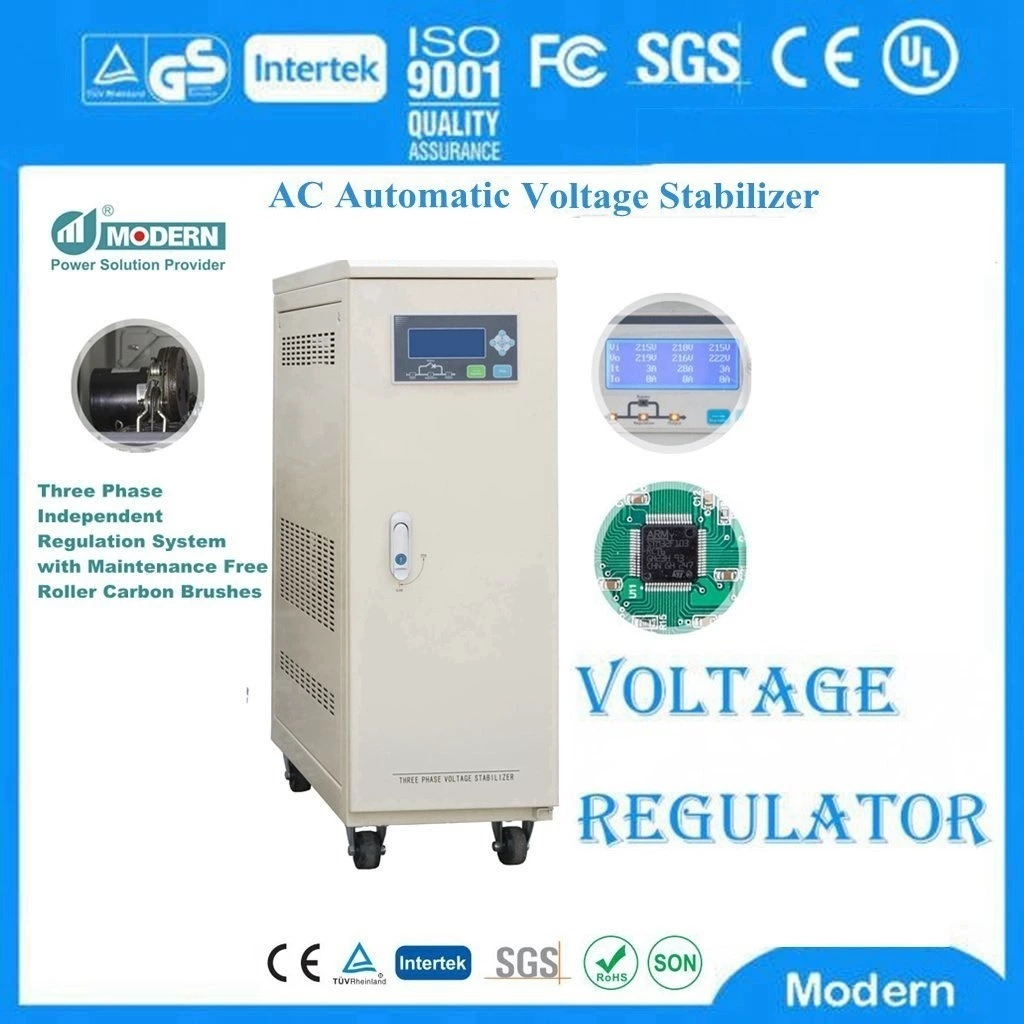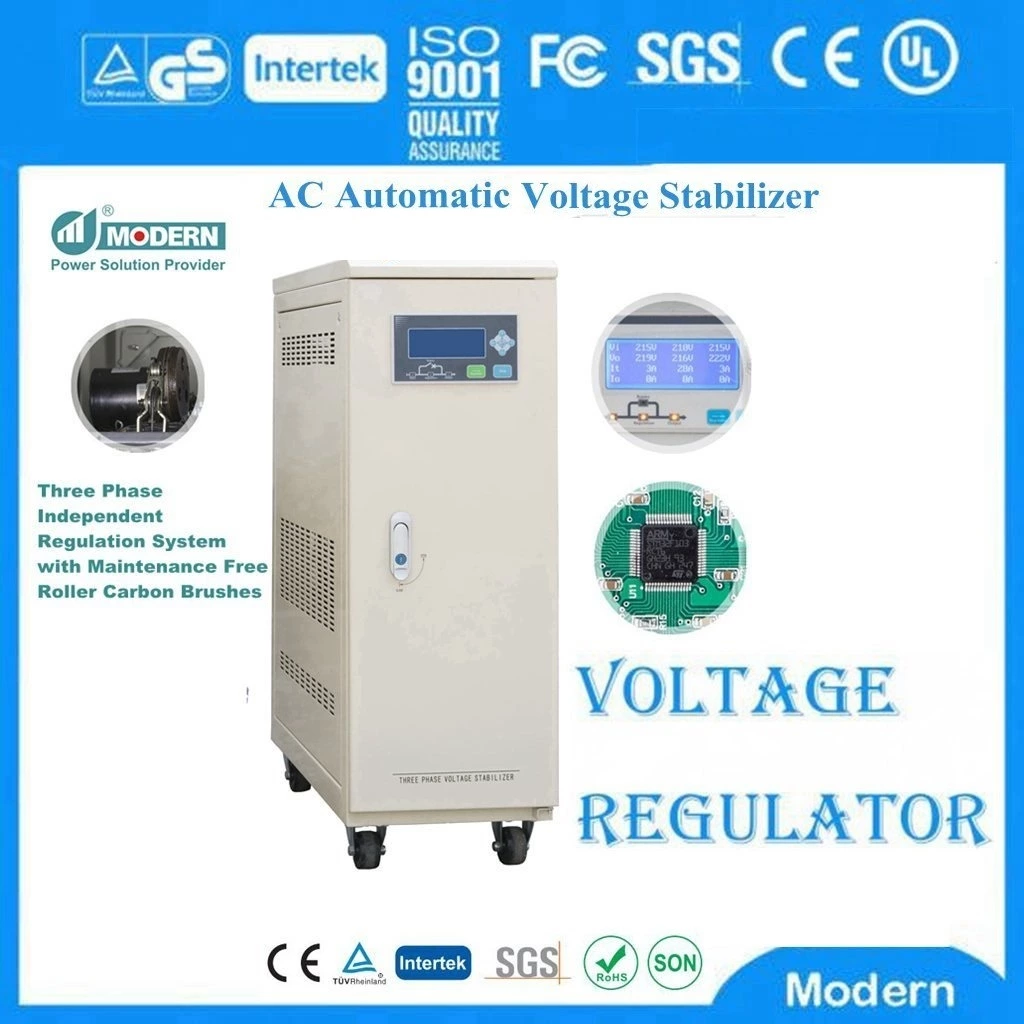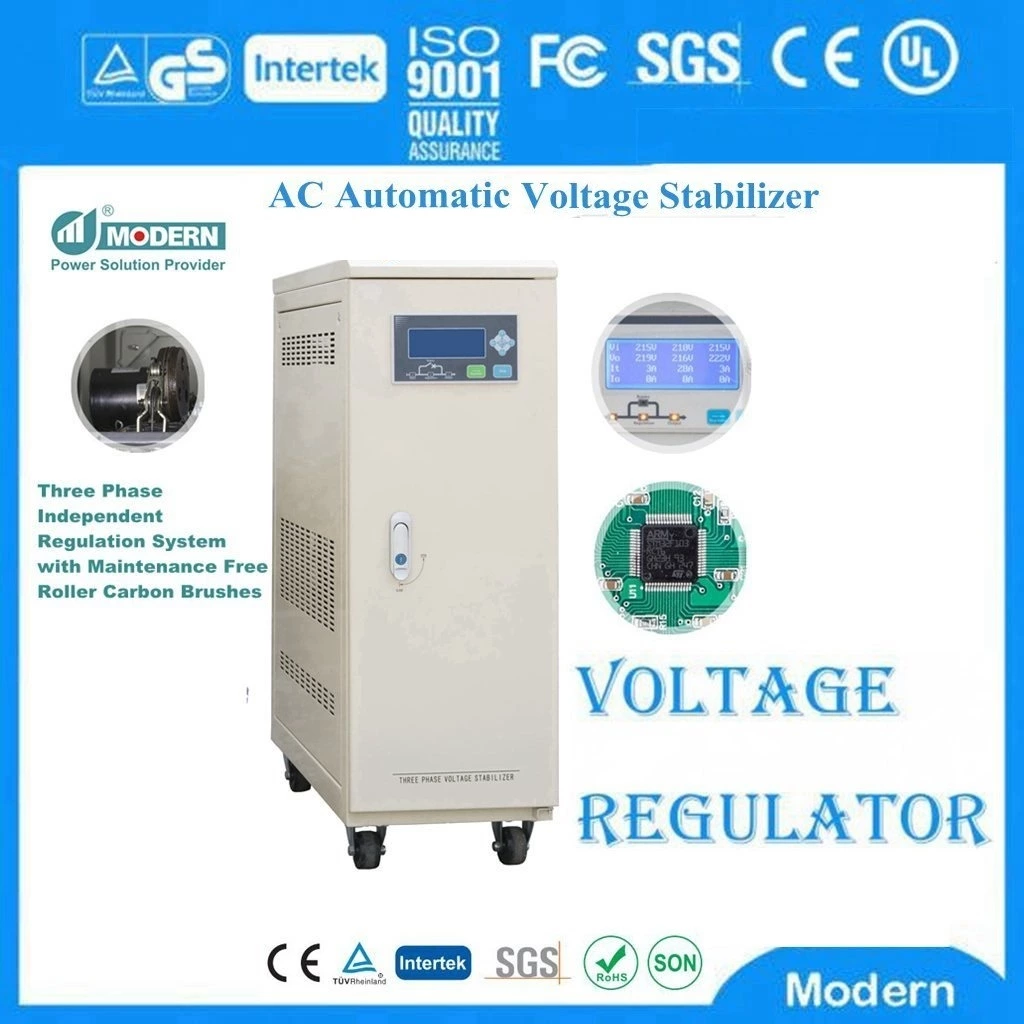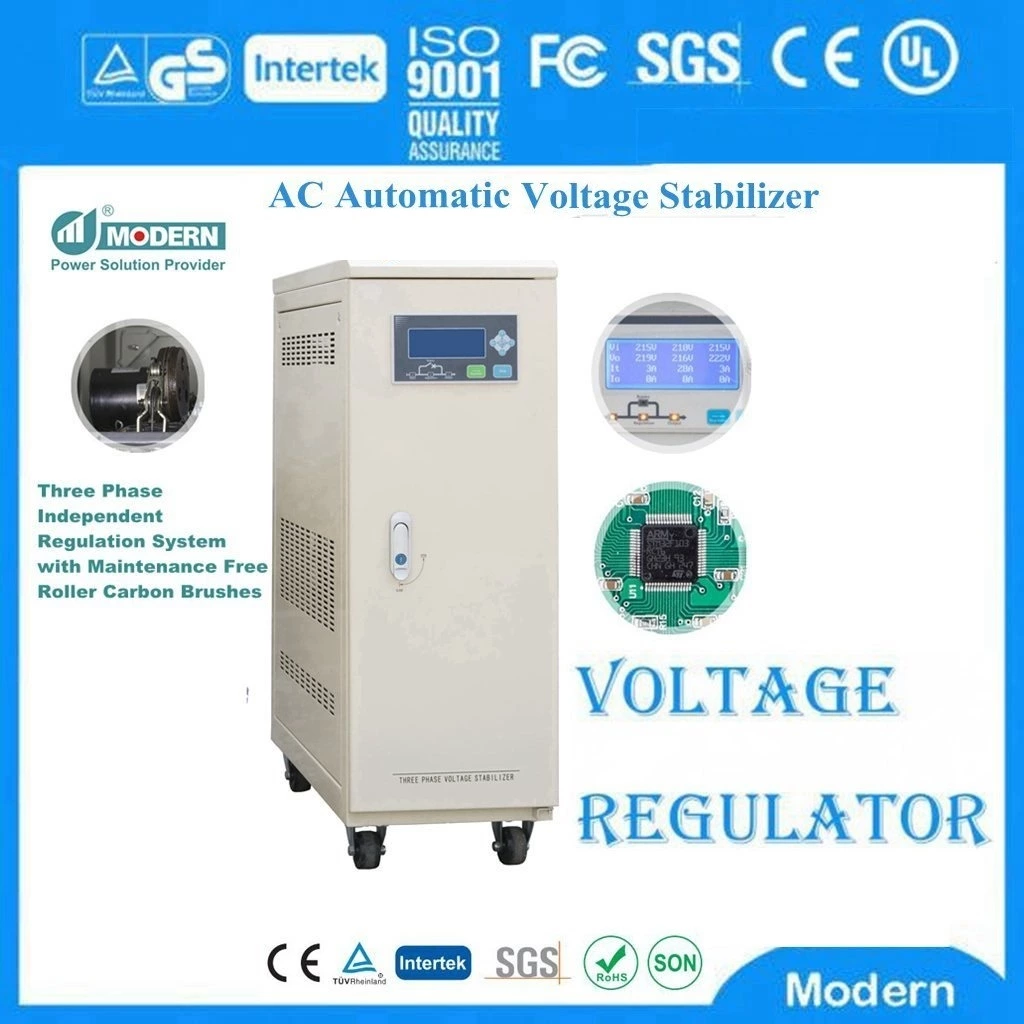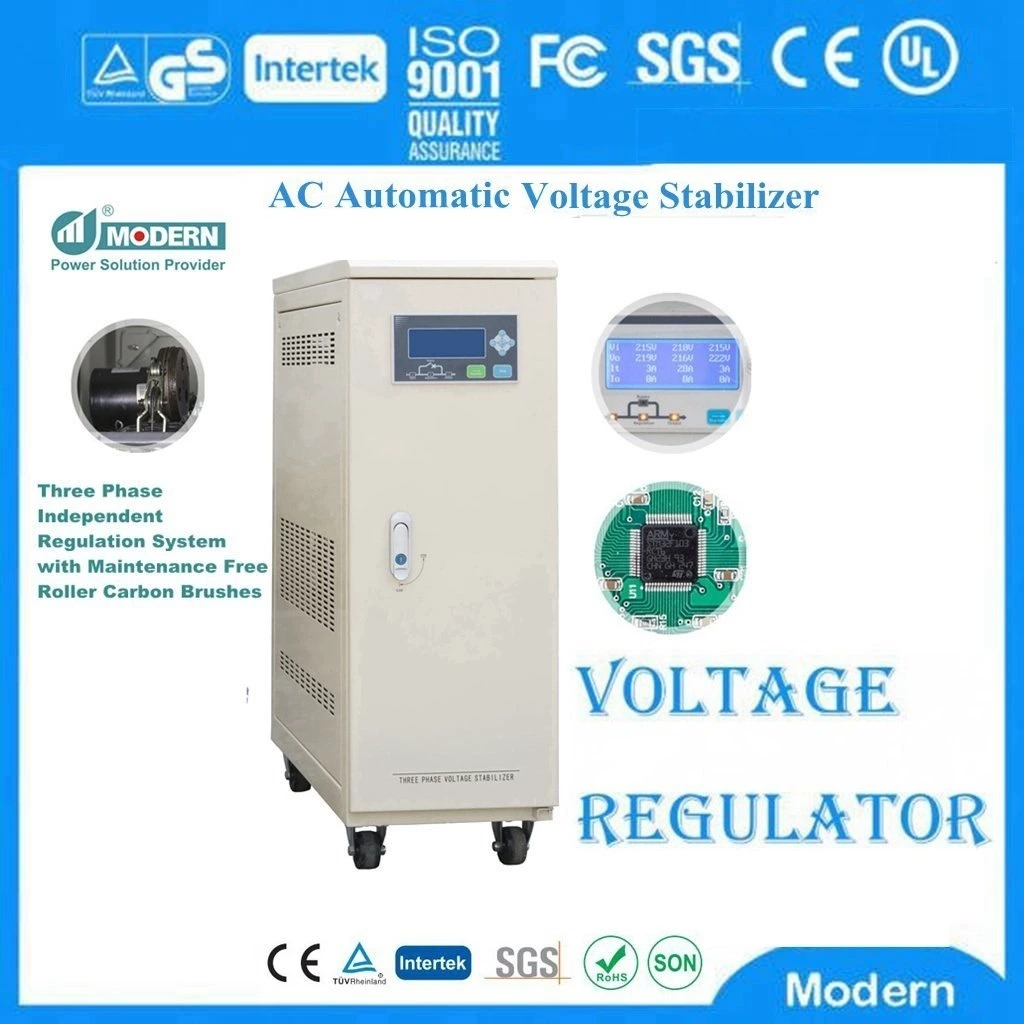Function And Principle Diagram Of Ac Reactor
The main function of AC Reactors is to limit short-circuit current, improve the reactive power operation of the power system, protect the inverter and motor, etc. Its working principle is based on the magnetic field generated when the conductor is energized.
The specific functions are reflected in the following aspects:
Limit short-circuit current: When a short circuit occurs in the power system, the reactor can increase the short-circuit impedance, thereby limiting the size of the short-circuit current and protecting electrical equipment from the impact of large current.
Improve reactive power operation: Shunt reactors are often used for reactive power compensation, which can improve the voltage distribution on long transmission lines, absorb the charging capacitive reactive power of cable lines, and prevent the self-excited resonance phenomenon that may occur in generators with long lines.
Protect inverters and motors: The input reactor can reduce the current impact caused by sudden changes in grid voltage and operational overvoltage, smooth the spike pulses contained in the power supply voltage, protect the power switching devices inside the inverter, and reduce the noise and eddy current loss of the motor at the same time, extending the life of the motor.
Schematic diagram of AC reactor:
AC reactors are usually made of wires wound into a solenoid, called air-core reactors; sometimes, in order to increase inductance, an iron core is inserted into the solenoid, called an iron-core reactor. When a conductor is energized, a magnetic field is generated around it, which has an obstructive effect on the alternating current, i.e., reactance. By adjusting its inductance value, the reactor can play the above-mentioned multiple roles in the circuit.
It should be noted that different types of reactors (such as series reactors, shunt reactors, input reactors, output reactors, etc.) may have different functions in specific applications, but the basic principle is based on the obstructive effect of the magnetic field generated by the conductor when it is energized on the alternating current.
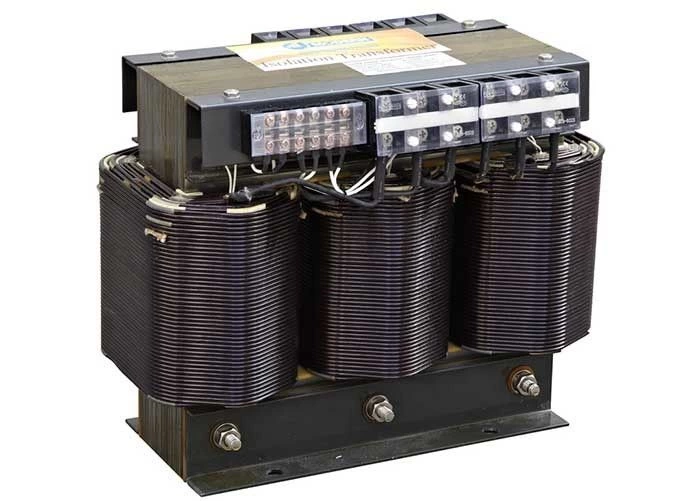
 Русский
Русский
 Français
Français
 Português
Português
 Español
Español
 اللغة العربية
اللغة العربية
